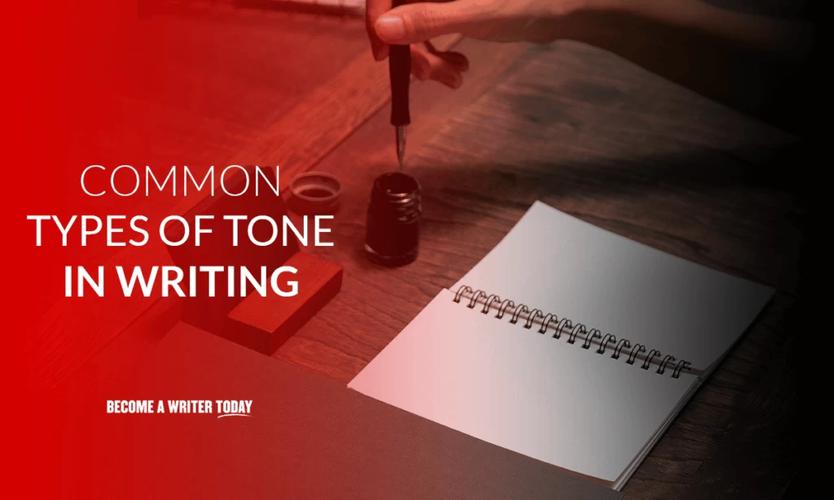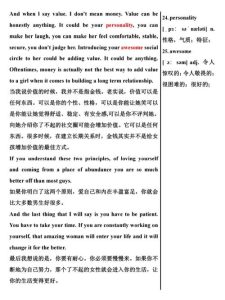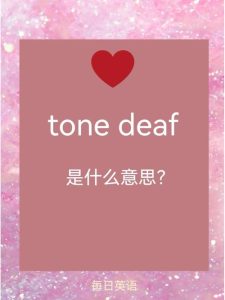Types of Tone Writing: A Detailed Multidimensional Introduction
Writing is an art form that transcends mere communication. It’s a way to convey emotions, ideas, and information in a way that resonates with the reader. One of the key elements that can make or break a piece of writing is the tone. The tone you choose can greatly impact how your message is received. In this article, we will delve into the various types of tone writing, providing you with a comprehensive understanding of how to use them effectively.
Formal Tone
A formal tone is characterized by its seriousness and professionalism. It’s often used in academic, business, and legal writing. When you adopt a formal tone, you’re essentially putting on a suit of words. Here are some key characteristics:

-
Use of formal language and vocabulary.
-
Objective and impersonal style.
-
Clear and concise sentences.
-
Respectful and polite tone.
For example, a formal tone in a business letter might read: “Dear Mr. Smith, I am writing to inform you that our company will be unable to fulfill the delivery of the product by the agreed-upon date. We apologize for any inconvenience this may cause and appreciate your understanding.” Notice the use of formal language, objective style, and respectful tone.
Informal Tone
In contrast to the formal tone, an informal tone is more relaxed and conversational. It’s often used in personal correspondence, social media, and creative writing. When you use an informal tone, you’re essentially wearing jeans and a t-shirt. Here are some key characteristics:
-
Use of casual language and slang.
-
Personal and subjective style.
-
Shorter, more colloquial sentences.
-
Conversational and friendly tone.
For example, an informal tone in a text message might read: “Hey, I’m running late for the movie. Can we reschedule for next week?” Notice the use of casual language, personal style, and friendly tone.
Objective Tone
An objective tone is neutral and unbiased. It’s often used in scientific, technical, and news writing. When you adopt an objective tone, you’re essentially wearing a lab coat. Here are some key characteristics:
-
Use of factual language and data.
-
Impersonal and descriptive style.
-
Clear and precise sentences.
-
Neutral and unbiased tone.
For example, an objective tone in a news article might read: “According to the latest report, the city’s crime rate has decreased by 10% over the past year.” Notice the use of factual language, impersonal style, and neutral tone.
Subjective Tone
A subjective tone is personal and expressive. It’s often used in creative writing, poetry, and personal essays. When you adopt a subjective tone, you’re essentially wearing a pair of sunglasses. Here are some key characteristics:
-
Use of expressive language and metaphors.
-
Personal and emotional style.
-
Emotional and vivid sentences.
-
Expressive and emotional tone.
For example, a subjective tone in a personal essay might read: “The scent of rain on a summer evening brings back memories of my childhood.” Notice the use of expressive language, personal style, and emotional tone.
Humorous Tone
A humorous tone is light-hearted and playful. It’s often used in comedy, satire, and light-hearted writing. When you adopt a humorous tone, you’re essentially wearing a clown suit. Here are some key characteristics:
-
Use of puns, sarcasm, and irony.
-
Playful and light-hearted style.
-
Short, snappy sentences.
-
Witty and engaging tone.
For example, a humorous tone in a comedy sketch might read: “I tried to make a cake, but it turned





